With hundreds of microphones out there, have you ever wondered which one to go with for your radio broadcasts? We’ve put together a couple of industry standard microphones to try and give you a better understanding of what’s currently on the market.
3 essential features for your mic
An integrated pop filter
Pop filters are made to cut down on vocal sibilance. They help avoid any popping sounds when using plosives such as “p”s or “b”s. Nowadays, many microphones have an integrated pop filter, however you can also purchase one separately for as little as $10.
A shock mounted capsule
Not only do shock mounts allow you to attach your mic to a stand, they also help isolate the mic from any vibrations. Think of a shock mount as a kind of safety net!
A cardioid pick up pattern
For a mic that will pick up your voice and ignore background noises, we suggest that you opt for a cardioid pick up pattern. Bear in mind that these mics won’t block out all surrounding sounds, so try and record in a controlled environment if possible!
What’s the difference between condenser and dynamic microphones?
Put simply, they differ in terms of how they pick up sound and convert it into an electrical signal. Generally speaking, condenser mics are more sensitive and produce a sound that is a lot warmer. They also tend to be more expensive.
Dynamic mics tend to pick up mostly what’s in front of the mic (not background noise) and can be a lot more resistant to temperature and humidity..
Neumann U87
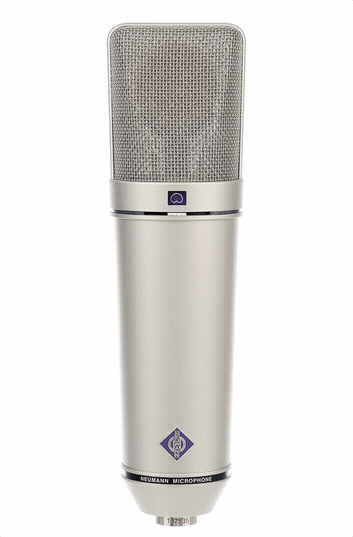
Type: Condenser
Characteristics: Perhaps the cream of the crop when it comes to broadcasting mics. Often used by professional radio stations across the world, it’s without doubt a gem if you’ve got the means!
Price: around $3,200
Buy it now!Neumann BCM-104
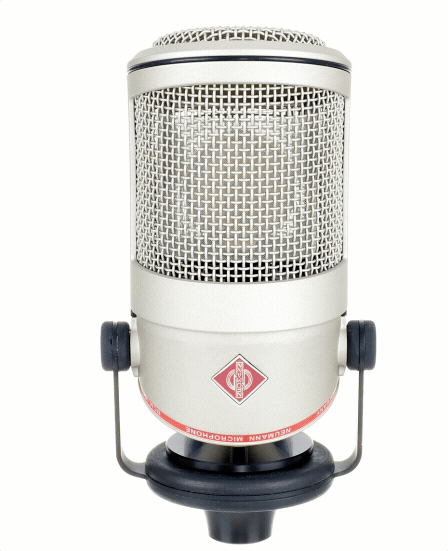
Type: Condenser
Characteristics: Adapts to lots of voices. Another microphone produced by Neumann with professionals in mind.
Price: around $1,000
Buy it now!Neumann BCM-705
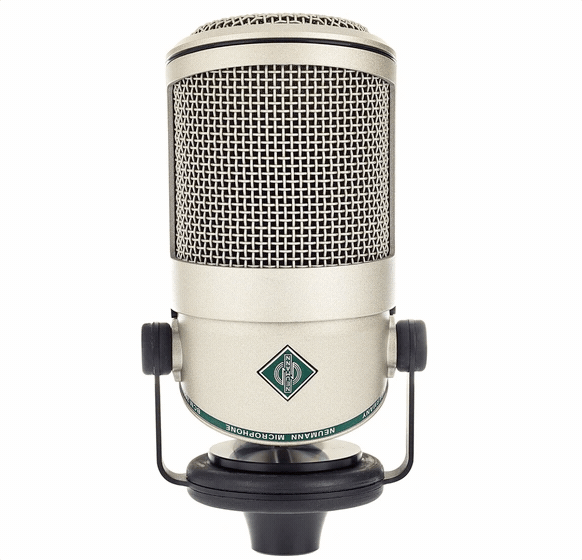
Type: Dynamic
Characteristics: Yes, Neumann’s first dynamic microphone! Intended for close ranged speech production, it’s a good one for radio broadcasters.
Price: around $700
Buy it now!Electrovoice RE20
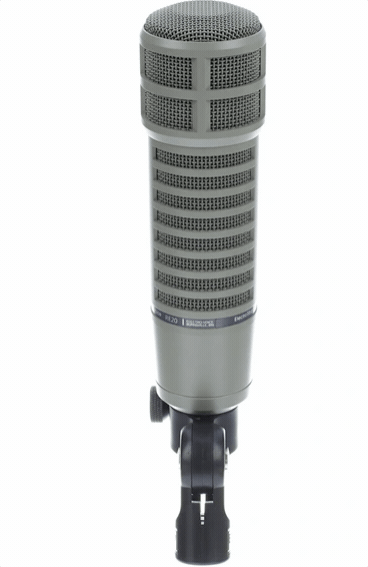
Type: Dynamic
Characteristics: Another industry standard and firm favourite, this tends to be the go to mic for lots of talk show hosts in the States.
Price: around $410
Buy it now!Shure SM7B
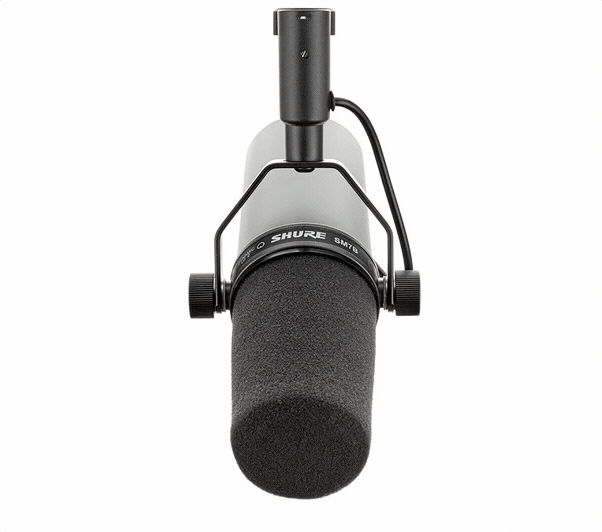
Type: Dynamic
Characteristics: When this microphone has MJ’s Thriller on it’s résumé, what more can you say. A favourite amongst radio hosts and approaching more affordable prices than those previously mentioned.
Price: around $400
Buy it now!Sennheiser MD 421-II
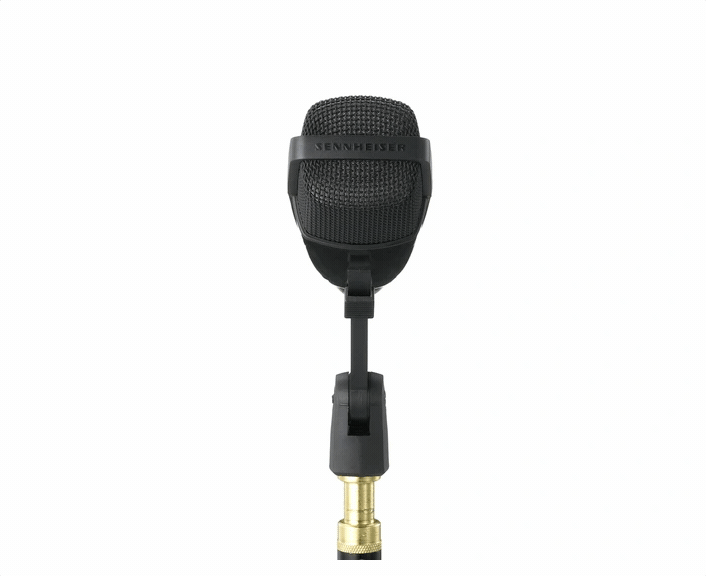
Type: Dynamic
Characteristics: Another well known mic in the world, incredibly versatile and good at rejecting feedback – you can rely on Sennheiser.
Price: around $380
Buy it now!Rode Podcaster
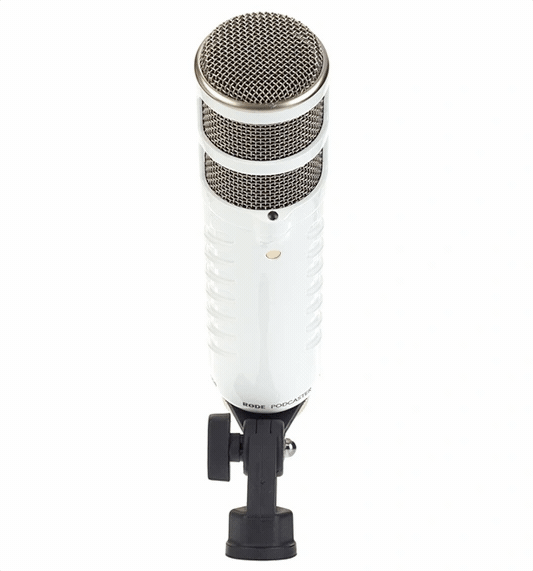
Type: Dynamic
Characteristics: Especially designed for podcasting, it plugs in directly via USB so no audio interface is needed. Worth looking into.
Price: around $230 Buy it now!
The t.bone SC 400
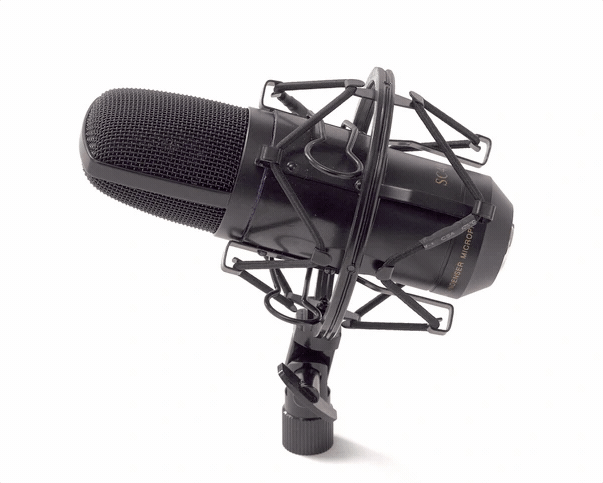
Type: Condenser
Characteristics: If you’re on a budget, this mic is hard to beat. Very effective and a lot of bang for the buck. Great for starting out.
Price: around $80
Buy it now!Note: Condenser microphones need external power, also known as P48 Phantom Power. Just make sure to look out for the “48V” switch!.
On top of that, you’ll probably want to look into some kind of audio interface in order to get the sound in and out of your computer.
Audio Interface – Focusrite Scarlett 2i2 3rd Gen
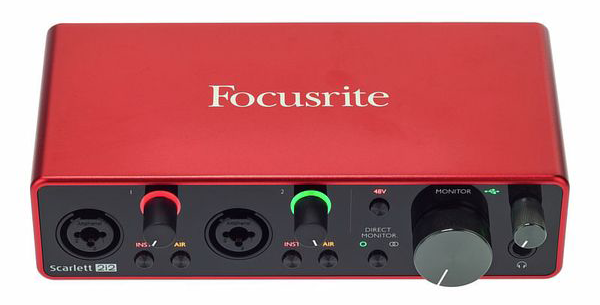
Discover this high-quality USB audio interface for Mac and PC. It features two combined XLR/jack inputs for connecting microphones as well as synthesizers or other line-level audio sources and two balanced outputs for monitoring. The device is also equipped with two high-grade Scarlett microphone preamps with switchable 48 V phantom power.
Price: around $150
Buy it now!Final say?
Here at RadioKing, we recommend the Shure SM7B. A microphone that produces that warm and magical radio voice as well as a mic popular with lots of European radio stations.
Nevertheless, if you’ve got a slightly smaller budget, the t.bone SC 400 is a great mic for starting out in the world of radio. Be sure to check out our list of best budget microphones too!
Don’t forget: If you’re opting for a slightly more expensive mic, do try and test it before you buy – the results can vary depending on your voice!
